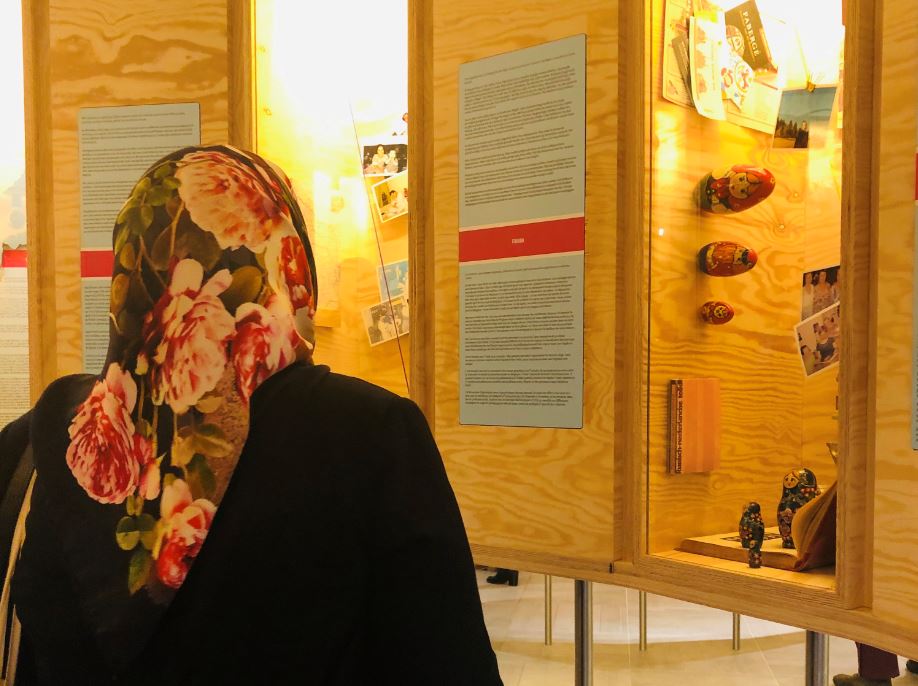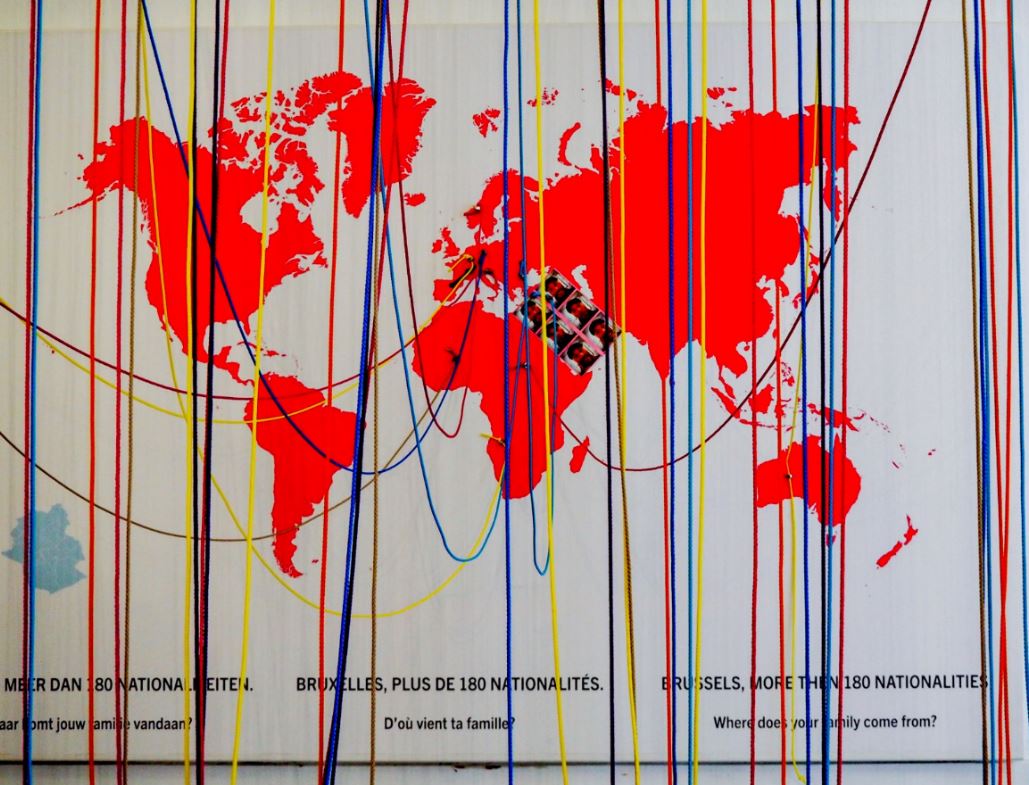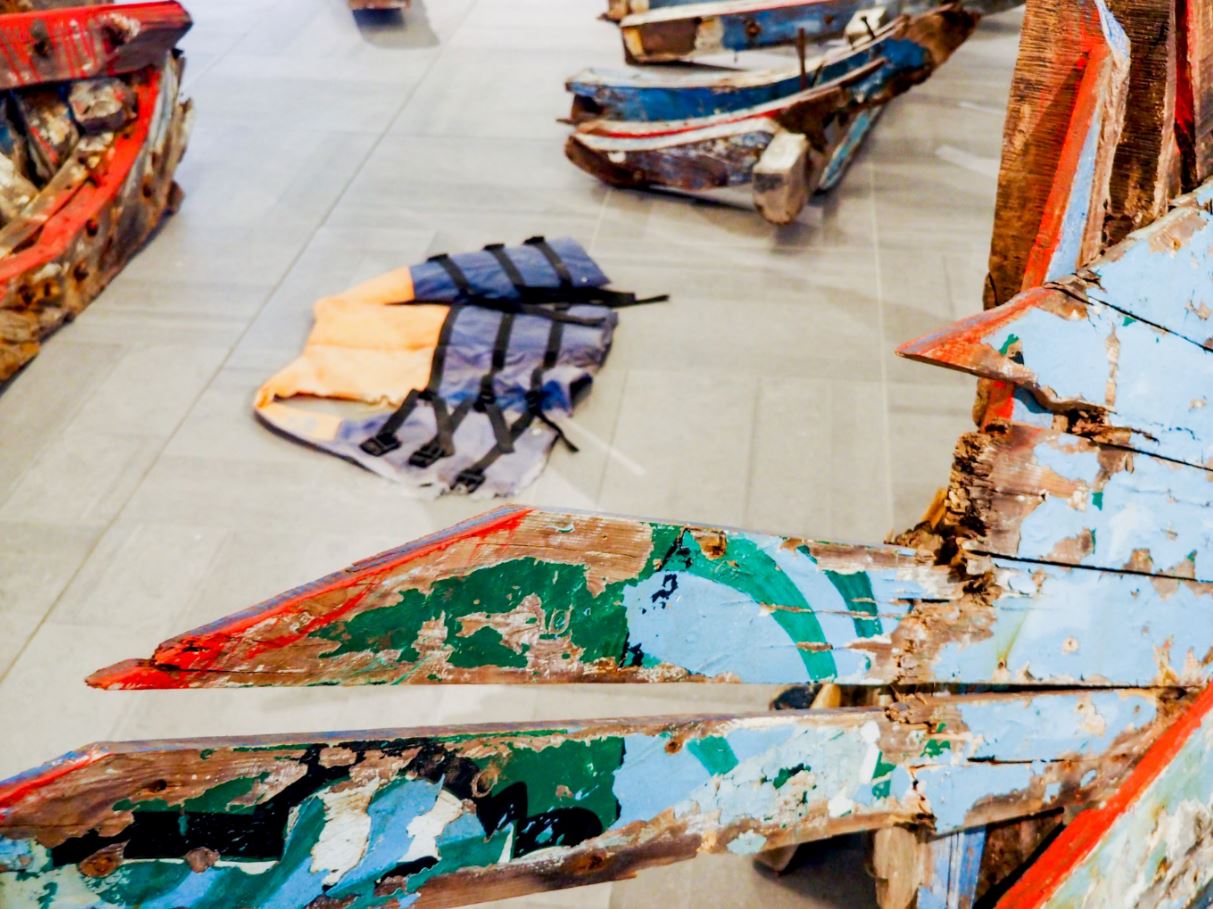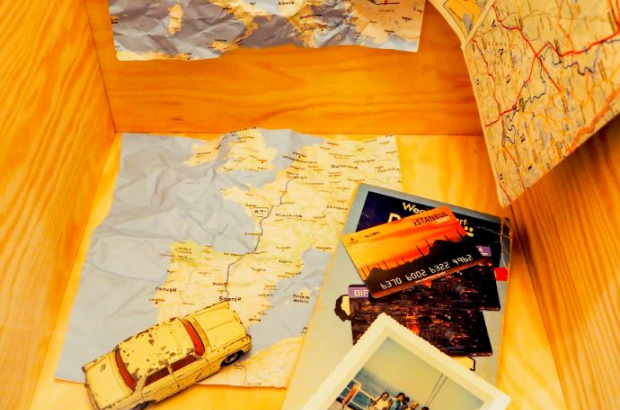- Daily & Weekly newsletters
- Buy & download The Bulletin
- Comment on our articles
New museum tells the personal stories behind migration to Brussels
Today, people of almost 200 nationalities call Brussels home. Migration has long shaped the city, and it’s hard to imagine it without its international dimension.
In celebration of that fact, a new museum in Molenbeek has collected the stories of some of the people who have travelled from far and wide and in vastly differing circumstances to make a new life here. Whatever your own migration story, you’ll find echoes of it within the museum’s walls.
The MigratieMuseumMigration is housed in an old warehouse close to the canal. It was created by Foyer, a local non-profit that works on diversity, integration and social cohesion, to mark its 50th anniversary and to fill a gap in the capital’s cultural landscape.

“There are always sociological push and pull factors when someone migrates, but there is also always a personal story,” says Johan Leman, the president of Foyer. “What we’ve tried to do is to bring out the diversity of those stories in a recognisable way. We have 50 years of human capital through our networks and wanted to do something with that.”
Visitors enter through a courtyard following a trail of art inspired by the themes of migration and home that leads to a pretty rear garden, donated by the local municipality. Here on the ground floor, you’re encouraged to become part of the museum by taking a selfie and sticking it to a map on the wall to show where you’ve come from.

Upstairs is the museum’s centrepiece, a collection of dozens of stories from Brussels residents from around the world. Alongside the written memories and taped interviews are a selection of personal objects – photos, clothes, sweets, books, toys – that will likely trigger long-forgotten memories of your own. One visitor was transported back to his own teenage years by a faded photo of a young man holding a cigarette in a particular way, another by the sight of a particular brand of chewing gum.

Along one wall, a timeline and interactive screen provide the context of migration to Brussels since World War Two. “It’s about understanding individual stories, an emotional understanding of what people have gone through, as well as understanding the historical context,” says Arve Holmen, the Norwegian volunteer who manages the museum day to day. “When you put it all together you get a better understanding of what the migration process is all about. People are touched in different ways by these stories.”

On the second floor, there’s a change of tone. It’s difficult to talk of migration without talking of refugees, and the subject is put into stark focus through a powerful installation by the Italian artist Elia Li Gioi. He’s salvaged fragments of boats shipwrecked off the coast of Sicily and displayed them here alongside discarded life jackets and barbed wire taken from Lampedusa. The cathedral-like space with its vaulted ceiling reflects the scraps of wood on the floor, among which you can walk.

“The name is Migration Museum, not Migrant Museum. The word ‘migrant’ is problematic,” says Holmen. “It has a lot to do with how people choose to see you. We want this to be a place where people take time to connect with each other and be more accurate in the way we talk about others, where people can explain the complexity and the diversity of their own stories.”
Since the museum opened in mid-October, hundreds of school and work groups have been through its doors for workshops and guided tours, on top of individual visitors. Texts are currently only in Dutch and French, but English versions are in the pipeline, and tours can be given in English.

















